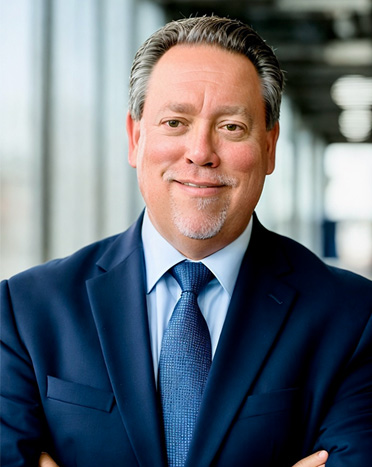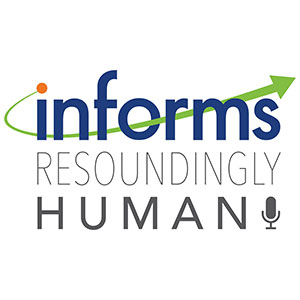
Your guide to making sense of COVID-19 models, and what they mean for Tennessee
Earlier this month, news circulated of some optimistic projections from a COVID-19 model made by the Institute for Health Metrics and Evaluation.

Earlier this month, news circulated of some optimistic projections from a COVID-19 model made by the Institute for Health Metrics and Evaluation.

If colleges billed their students at the end of four years and didn't show us prices beforehand, it would wreck mass chaos. Or if airlines billed us at the end of flights and did not show us prices, it would lead to unstable markets. Both cases would enable price gouging and ultimately pricing failure. Our healthcare is designed around a similar consumerist regime and a global pandemic exposes the inequities of our healthcare system.

So far, Australia has been doing pretty well in the fight against COVID-19. Using a combination of social distancing, tight travel restrictions and contact tracing, the country has kept its death toll under 100 people and seems to be leveling off its new cases. It’s even managed to avoid closing schools. But despite the relatively minor impact the novel coronavirus has had on life in Australia, medical workers are still running low on masks, gloves and gowns.

Flexibility and patience will be key for all of us, as the U.S. and global economies reopen, post-COVID-19. According to Tinglong Dai, professor of Operations Management and Business Analytics at the Johns Hopkins Carey Business School, the post-recovery outlook will be progressive, and will entail a lot of back and forth, he says.

I am an industrial engineer who studies health systems and how people make decisions under uncertainty. Engineers like me build models precisely to understand events like the global coronavirus pandemic and its impact on the economy, the supply chain, our education system and our health system. While the popular press has discussed epidemiological models to help us understand how the disease spreads and when cases might peak, my area of modeling can help us make better decisions and better policy.

Jeff Cohen
Chief Strategy Officer
INFORMS
Catonsville, MD
[email protected]
443-757-3565
An audio journey of how data and analytics save lives, save money and solve problems.


With seemingly no limit to the demand for artificial intelligence, everyone in the energy, AI, and climate fields is justifiably worried. Will there be enough clean electricity to power AI and enough water to cool the data centers that support this technology? These are important questions with serious implications for communities, the economy, and the environment.

It’s college graduation season, which means over 4 million seniors will graduate in the next few weeks, flooding the job market with new candidates. One area that has shown high potential for the right candidates is artificial intelligence and machine learning. Both disciplines are part of the larger data and analytics career path.

Drugs being explicitly developed to treat rare diseases are getting more expensive.

Robert F. Kennedy Jr., as the new secretary of Health and Human Services, is the nation’s de facto healthcare czar. He will have influence over numerous highly visible agencies, including the Centers for Disease Control and Prevention, the National Institutes of Health and the Food and Drug Administration, among others. Given that healthcare is something that touches everyone’s life, his footprint of influence will be expansive.

The recent US-China agreement to temporarily reduce tariffs is a major step for global trade, with tariffs on US goods entering China dropping from 125% to 10% and on Chinese goods entering the US decreasing from 145% to 30% starting May 14. While this has boosted markets and created optimism, key industries like autos and steel remain affected, leaving businesses waiting for clearer long-term trade policies.

With sweeping new tariffs on Chinese-made products set to take effect this summer, Americans are being urged to prepare for price hikes on everyday goods. President Donald Trump's reinstated trade policies are expected to affect a wide swath of consumer imports, including electronics, furniture, appliances, and baby gear. Retail experts are advising shoppers to act before the tariffs hit and prices rise.

Twenty years ago, few people would have been able to imagine the energy landscape of today. In 2005, US oil production, after a long decline, had fallen to its lowest levels in decades, and few experts thought that would change.

In the case of upgrading electrical and broadband infrastructure, new analysis from the University of Massachusetts Amherst reveals {that a} “dig once” strategy is almost 40% more economical than changing them individually.